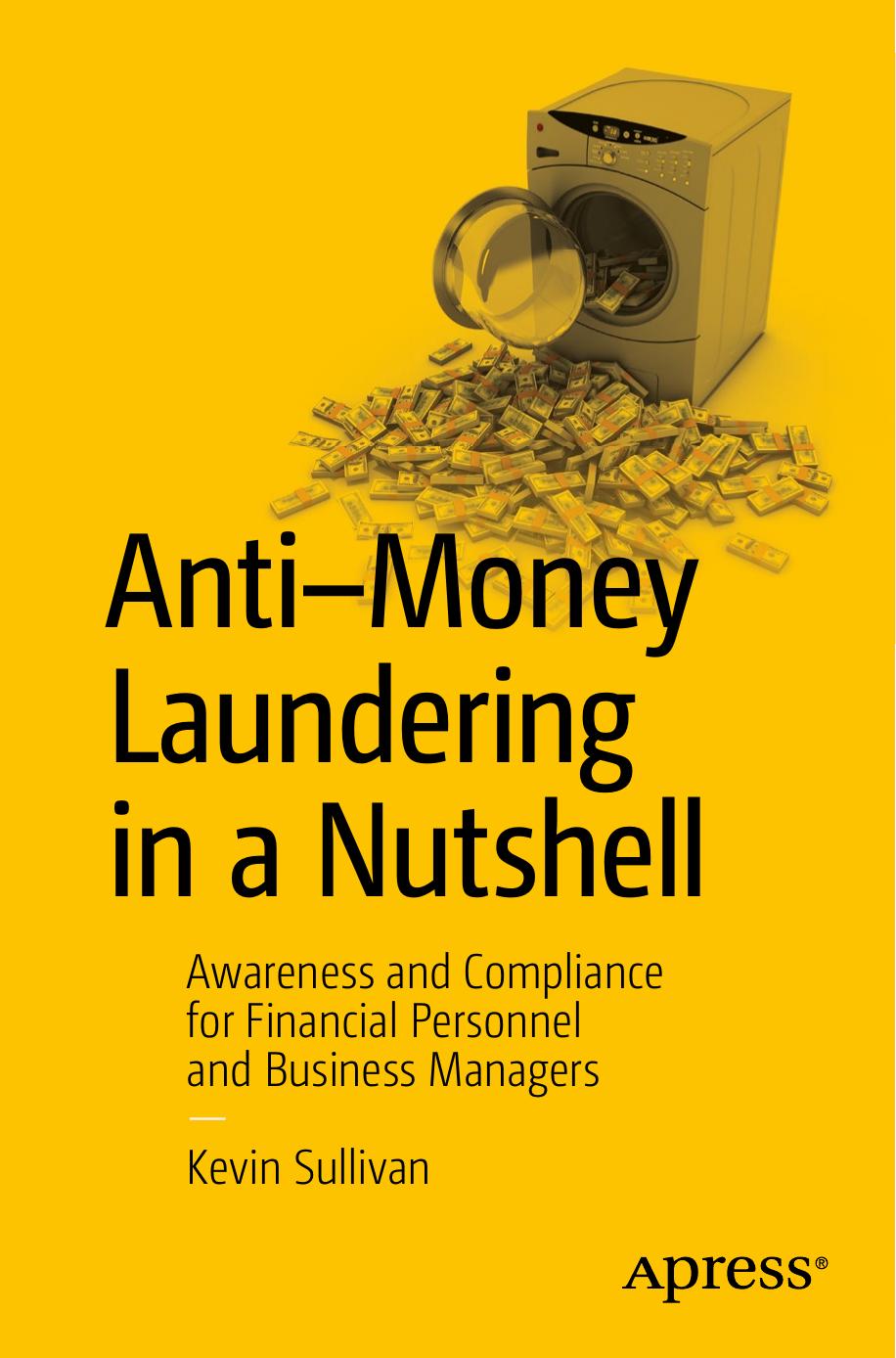

Most ebook files are in PDF format, so you can easily read them using various software such as Foxit Reader or directly on the Google Chrome browser.
Some ebook files are released by publishers in other formats such as .awz, .mobi, .epub, .fb2, etc. You may need to install specific software to read these formats on mobile/PC, such as Calibre.
Please read the tutorial at this link: https://ebookbell.com/faq
We offer FREE conversion to the popular formats you request; however, this may take some time. Therefore, right after payment, please email us, and we will try to provide the service as quickly as possible.
For some exceptional file formats or broken links (if any), please refrain from opening any disputes. Instead, email us first, and we will try to assist within a maximum of 6 hours.
EbookBell Team

4.8
74 reviews*Anti–Money Laundering in a Nutshell*is a concise, accessible, and practical guide to compliance with anti–money laundering law for financial professionals, corporate investigators, business managers, and all personnel of financial institutions who are required, under penalty of hefty fines, to get anti–money laundering training.
Money laundering is endemic. As much as 5 percent of global GDP ($3.6 trillion) is laundered by criminals each year. It’s no wonder that every financial institution in the United States—including banks, credit card companies, insurers, securities brokerages, private funds, and money service businesses—must comply with complex examination, training, and reporting requirements mandated by a welter of federal anti–money laundering (AML) laws. Ignorance of crime is no excuse before the law. Financial institutions and businesses that unknowingly serve as conduits for money laundering are no less liable to prosecution and fines than those that condone or abet it.
In Anti–Money Laundering in a Nutshell: Awareness and Compliance for Financial Personnel and Business Managers, Kevin Sullivan draws on a distinguished career as an AML agent and consultant to teach personnel in financial institutions what money laundering is, who does it, how they do it, how to prevent it, how to detect it, and how to report it in compliance with federal law. He traces the dynamic interplay among employees, regulatory examiners, compliance officers, fraud and forensic accountants and technologists, criminal investigators, and prosecutors in following up on reports, catching launderers, and protecting the integrity and reputations of financial institutions and businesses. In particular, corporate investigators will gain rich insights winnowed from the author's experiences as a New York State and federal investigator.
What you’ll learn**
Under federal acts such as the Bank Secrecy Act of 1970, the Money Laundering Suppression Act of 1994, and the Intelligence Reform and Terrorism Prevention Act of 2004, every financial institution in the United States must have an anti–money laundering program in place that includes annual training of all relevant employees. This short book is an educational text or supplemental reader for such training by anti–money laundering compliance officers, examiners, agents, and consultants.
Table of ContentsChapter 1. What is Money Laundering?
Chapter 2. Methods of Money Laundering
Chapter 3. Federal Regulations
Chapter 4. Building a Quality AML Program for Financial Institutions
Chapter 5. Know Your Customer and Customer Identification Program
Chapter 6. A SAR Is Born
Chapter 7. Money Laundering for Law Enforcement
Chapter 8. International Standards
Chapter 9. FRAML
Glossary
Appendix A: Red Flags
Appendix B: Code of Federal Regulations Title 31 Section 103.18
**